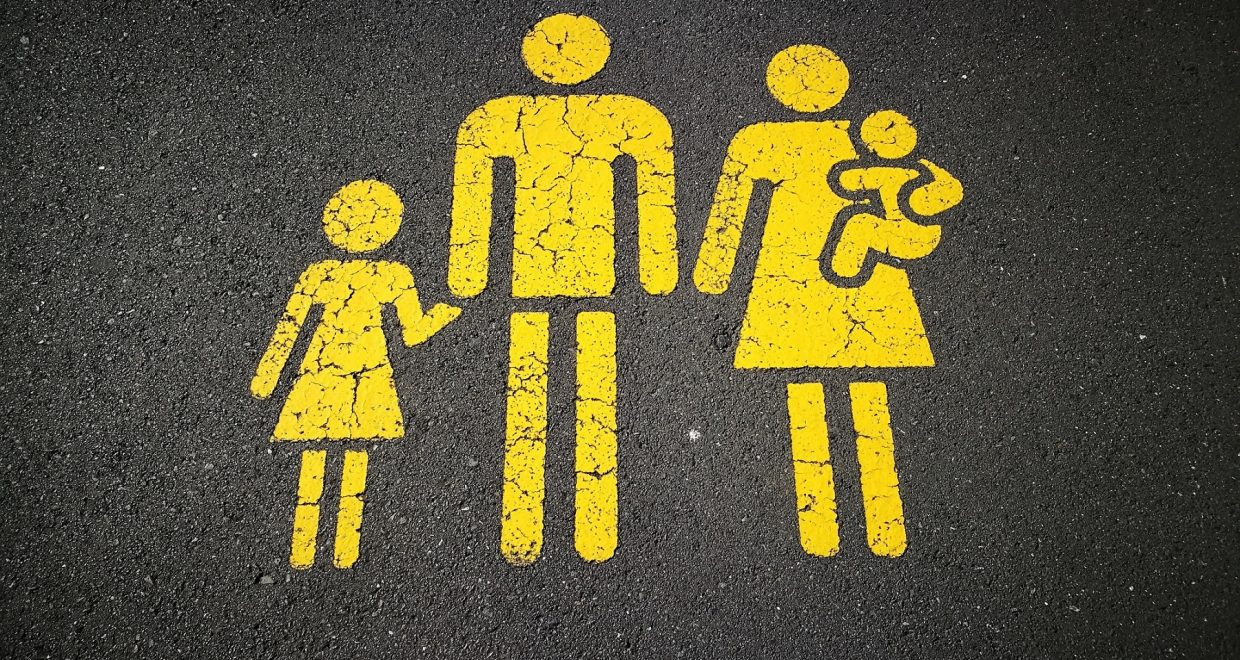Son preference and the fertility squeeze in India
Gender discrimination manifests in many ways, but in some countries, a long tradition of preference for sons over daughters has merged with recent demographic changes to produce unnaturally skewed sex ratios. In China, the one-child policy notoriously magnified the impacts of son preference, pushing parents to sex select if they wanted to ensure a son. In contrast, countries like India have seen their family size fall more organically, although at an accelerated pace beginning in the 1980s. Economic development has changed preferences about fertility, and average births per woman fell from 4.7 in 1980 to 2.3 in 2015. Regardless, a long tradition of venerating sons over daughters, due to their differential roles in marital arrangements, religious rites, inheritance, and economic activities, has coincided with shrinking family size to “squeeze” daughters out. Although son preference tends to decline with economic development, the sex ratio imbalance initially worsens, as a desire to have a son couples with the desire for a smaller family. The spread of ultrasound technology throughout India since the 1980s has amplified this fertility squeeze by making sex-selective abortion more accessible to the population, substituting for other methods, infanticide, neglect of daughters, or the “stopping method,” having children until the desired number of sons is born. This has led to a sharp skewing of India’s sex ratio at birth.
Yet the sex ratio varies wildly throughout India, indicating both differences in son preference as well as differences in how families are willing and able to act upon that son preference. Most obviously, there is a Northwest-Southeast divide in India pre-dating the spread of ultrasound technology, with traditionally stronger son preference and more skewed sex ratios in the Northwest. In “Son Preference and the Fertility Squeeze in India,” recently published in the Journal of Demographic Economics, I examine the dynamics of India’s fertility squeeze using data from India’s National Family Health Survey, a large-scale, multi-round survey conducted among a nationally representative sample of households, spanning the years 1992-2016.
All else equal, the likelihood that parents will sex select depends on the children they have already and how many they are willing to have. For example, among parents who want three children, those with two daughters will be most likely to sex select during the third pregnancy. Those who want only two children will be most likely to sex select at the second birth if they already have a daughter. In my analysis, I account for desired family size and thus variation in the intensity of the fertility squeeze throughout India. Controlling also for typical factors such as religion, age, education levels and socioeconomic status, I demonstrate that the best predictor of whether a subsequent birth is male is the sex composition of the children previously born. It is clear that sex selection continues in the most gender-skewed Northwest but at increasingly earlier parities, expanding from third births during the 1990s to second births in the 2000s. I find evidence of sex selection in the rest of the country emerging in recent years. These findings demonstrate an intensification of the fertility squeeze throughout India, not just in the Northwest.
My analysis allows for an additional perspective into the dynamics of son preference in India. Using mixed-effects regression modeling, I allow for the likelihood to sex select to differ across communities. Some parents who have a daughter may choose to sex select during their next pregnancy, while some will not. Some parents have a strong preference for sons, while others do not. Some parents with strong son preference are willing to undergo a sex-selective abortion, while others are not. Some medical professionals are willing to flaunt the national law against identifying fetal sex, while others are not. I hypothesize that social norms affect these factors, such that some communities will see higher rates of sex selection and others lower. Communities are defined as villages or, in the case of larger cities, urban neighborhoods. While these differences are difficult to measure explicitly, mixed-effects modeling allows one to control for them anyways. I estimate these community effects on how likely parents are to sex select when they already have daughters.
The findings are striking. The influence of these community-level differences strengthens over time. It is especially large in the Southeast, where sex ratios have typically been more balanced, and could reflect a cultural shift in that region. In the Northwest, these findings reflect recently documented improvements in some of the most gender-skewed states. Treating the Northwest and especially the Southeast as homogeneous blocks regarding son preference is increasingly inappropriate.
With sex selection occurring at increasingly earlier births, and emerging more clearly in the Southeast, India’s sex ratio transition is not yet on a clear path to re-balance. Understanding the drivers of son preference and the willingness to sex select has important implications for the country’s demographic profile and the well-being of its girls and women. Social network effects may play a role in the community-level differences measured in my analysis and can, with further research, be exploited to change social norms around son preference.
The full paper is currently free to access in the Journal of Demographic Economics.






